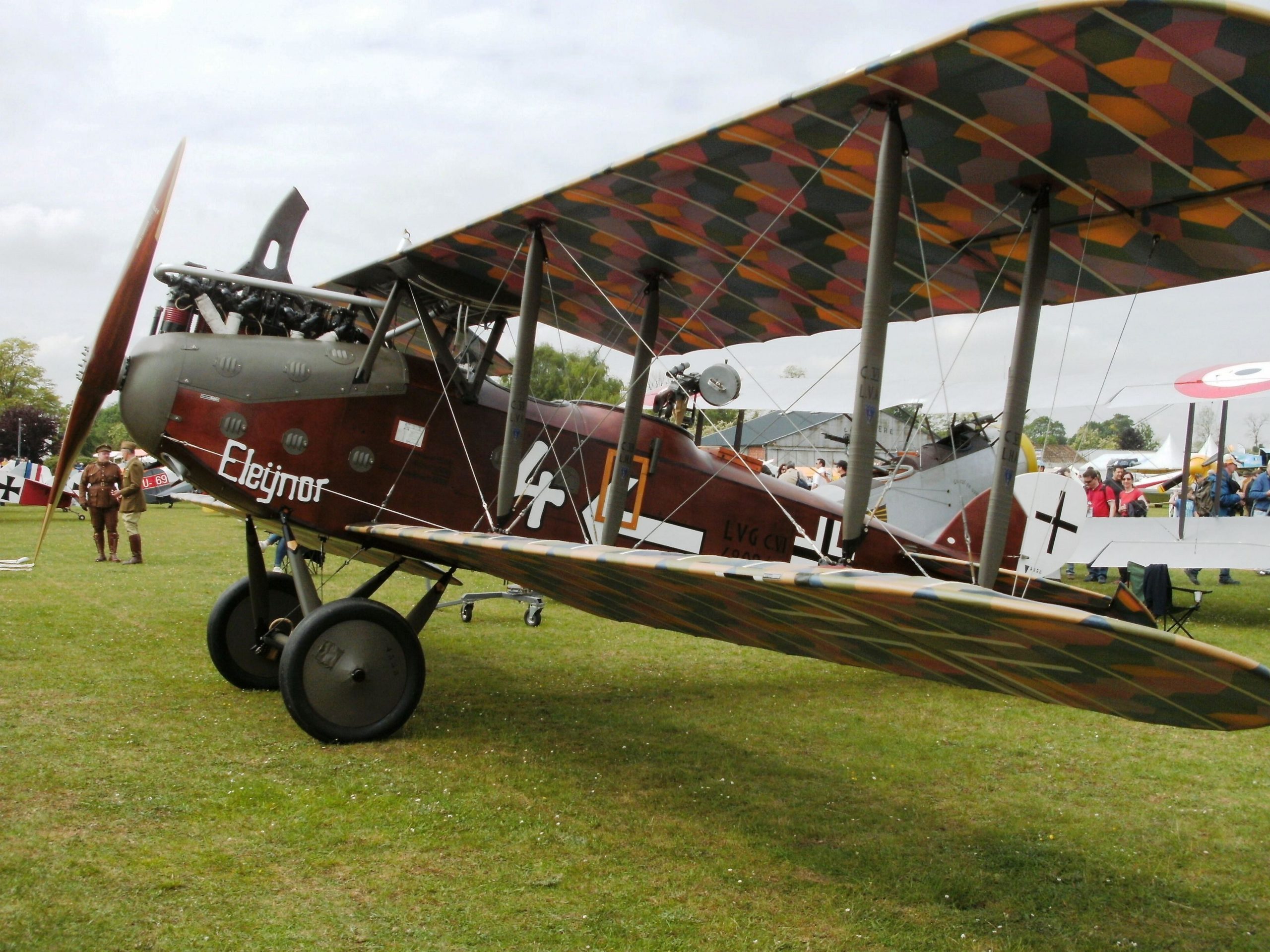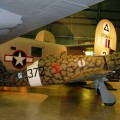
LVG C.VI | |
|---|---|
| 국가 | 독일 |
| 역할 | 정찰기 |
| 첫 비행 | 1917 |
| 내장 | 1100+ |
Tthe LVG C.VI was a German two-seat reconnaissance and artillery spotting aircraft used during World War I.
소스: 위키 백과에 LVG C.VI
| LVG C.VI Walk Around | |
|---|---|
| 사진 작가 | Unknow |
| 로컬라이제이션 | Unknow |
| 사진 | 43 |
관련 키트:
이베이에서 키트 찾기:
참고 항목:
text
The LVG C.VI was a two-seat reconnaissance and artillery spotting aircraft that was developed and produced by the German company Luft-Verkehrs-Gesellschaft (LVG) during World War I. It was based on the previous LVG C.V model, but had a smaller and lighter design with better aerodynamics. The LVG C.VI had a wooden and metal biplane structure with a semi-monocoque fuselage covered with plywood. It was powered by a single Benz Bz.IV engine that drove a two-blade wooden propeller. The aircraft had a fixed landing gear with a rear skid and a water radiator in the upper wing. The crew consisted of a pilot and an observer, who had access to a radio transmitter, parachutes and heated flying suits. The LVG C.VI was armed with one fixed and one movable machine gun and could carry up to 90 kg of bombs.
The LVG C.VI entered service in 1918 and was used by the German Luftstreitkräfte mainly on the Western Front for close reconnaissance and observation missions. It was also used by other countries after the war, such as Poland, Finland, Lithuania, Czechoslovakia, Switzerland and the Soviet Union. Some of the aircraft were converted into passenger planes by Raab-Katzenstein as the LVG P.I, P.II and RK-8 Marabu. The LVG C.VI was one of the last German two-seater aircraft to be mass-produced during the war, with about 1,100 units built. Today, there are only three surviving LVG C.VIs, which are displayed at museums in England, Belgium and France.
전망 : 1002












